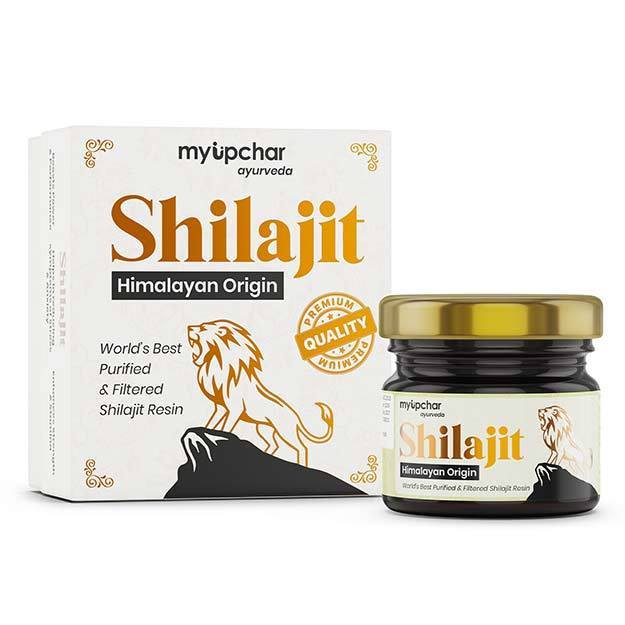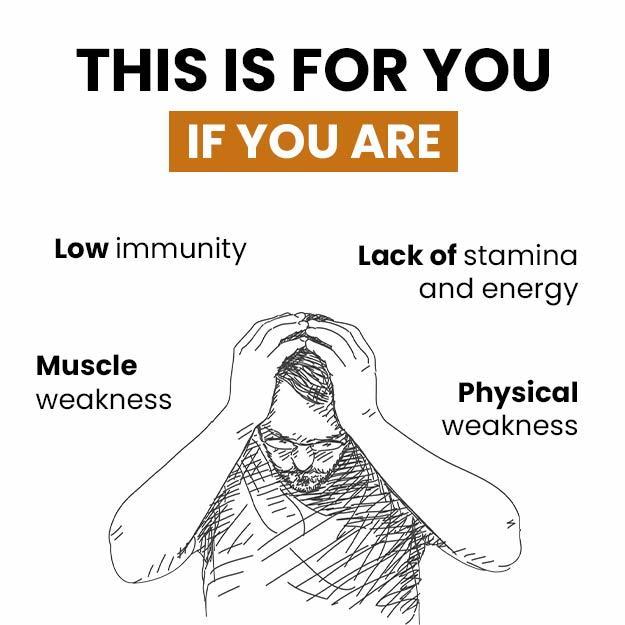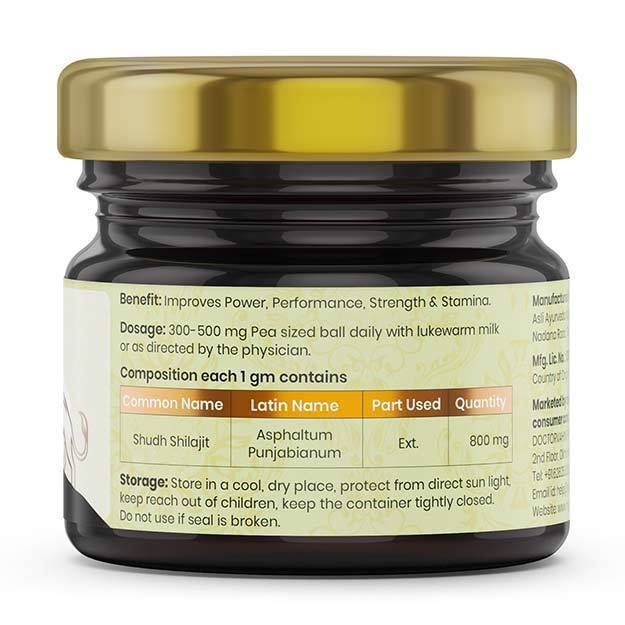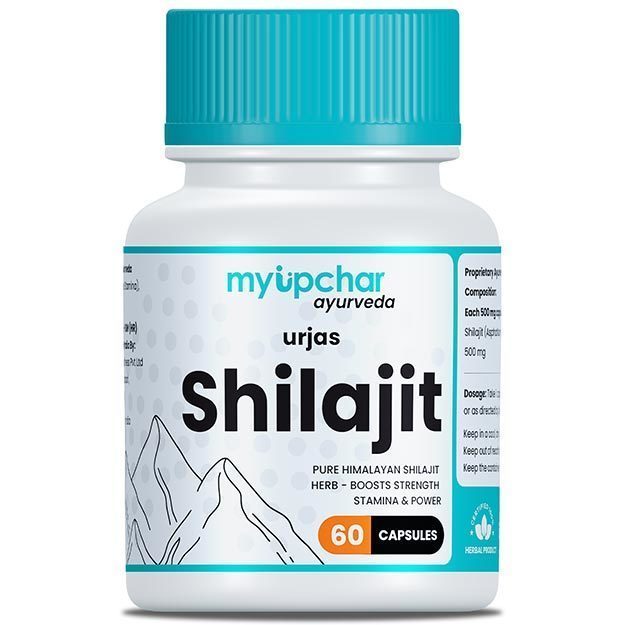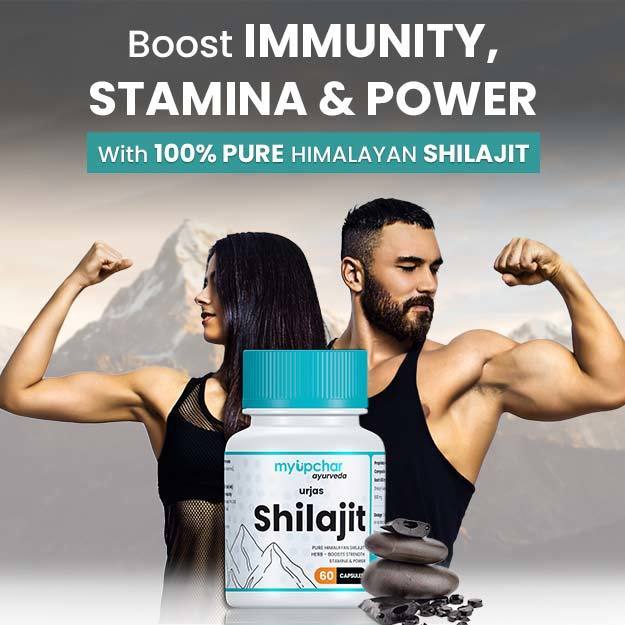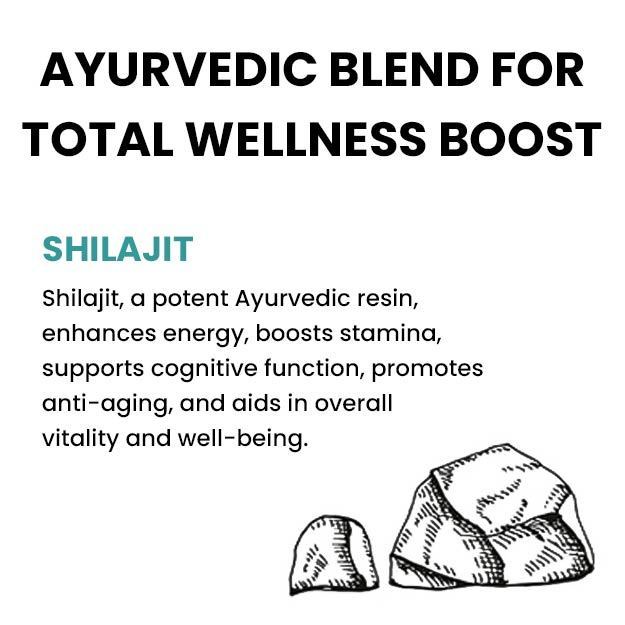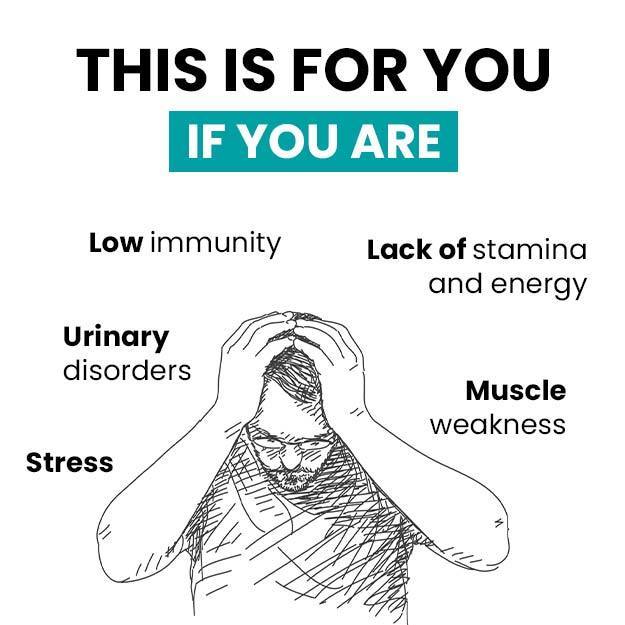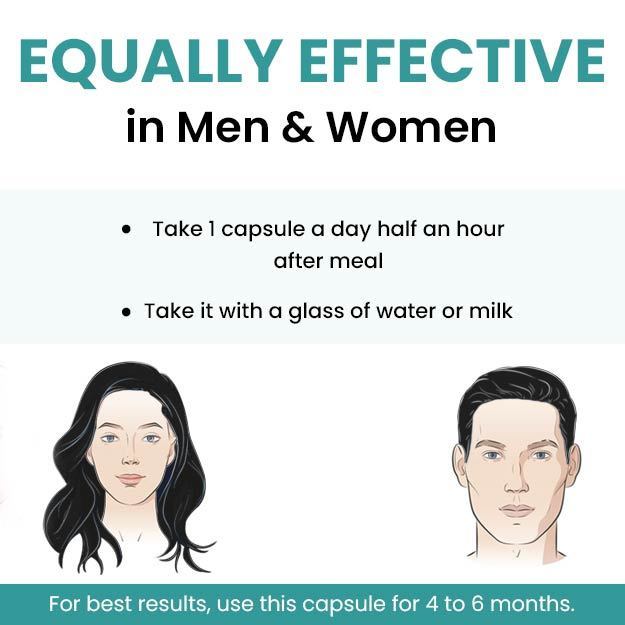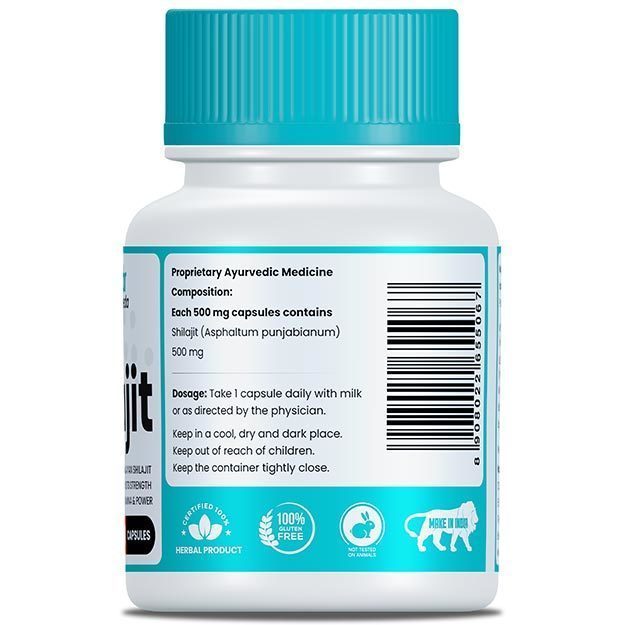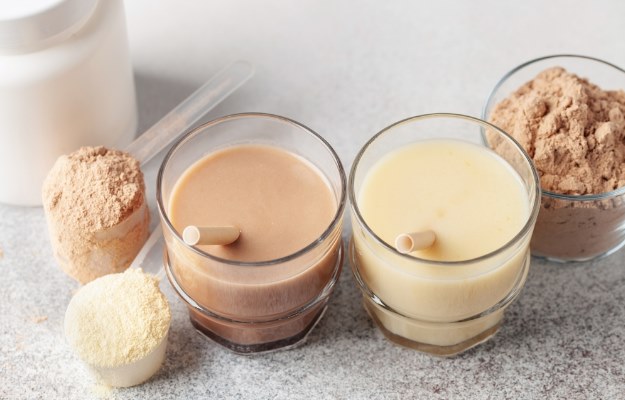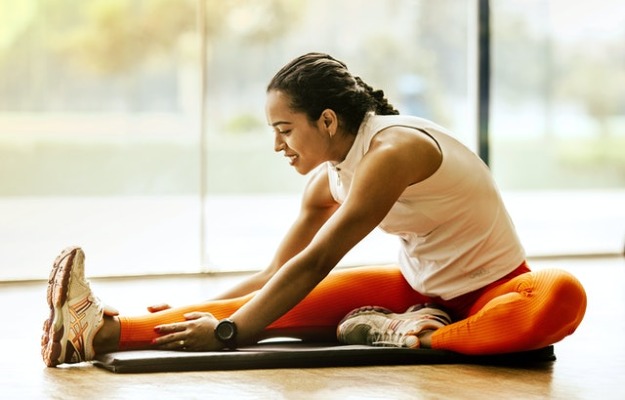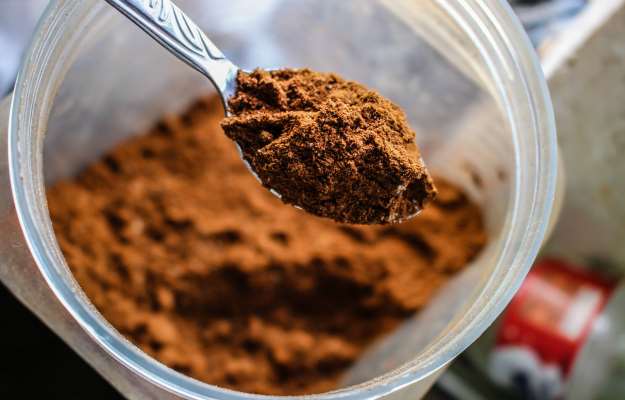The great Indian wrestler Gama from the pre-Independence era used to practice 5000 squats everyday. Not everyone would aspire for such levels of dedication towards attaining an enormous physique, but squats allow you to reap the benefits in the long run.
The squat is one of the most basic bodyweight exercise, much like the push-up. While dropping down to do countless push-ups don't give anyone more than bragging rights, squats done in the correct manner and technique go a long way in making gains in the legs, which are often ignored in the gym.
Similar to other bodyweight exercises, you don’t need any equipment to perform squats; if you have enough space to stand, you can make do with it. According to a study by Annals of Internal Medicine, inactivity is one of the primary signs of early mortality. The squat is the simplest and most effective exercise to get rid of a sedentary lifestyle.
Stronger joints, bones, muscles and ligaments are all the side effects of performing squats, especially considering the lower half of our bodies hold some of the largest muscle groups in them. Strong muscles in the quadriceps, calves, hamstring, glutes, hips and lower back allow us to perform several functional tasks with relative ease.














